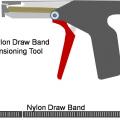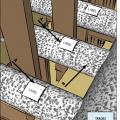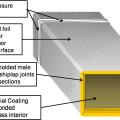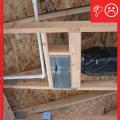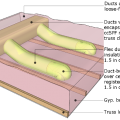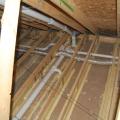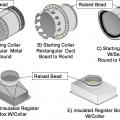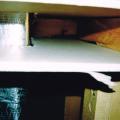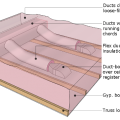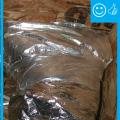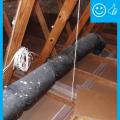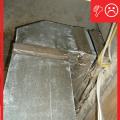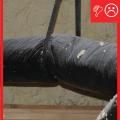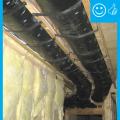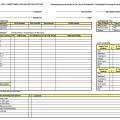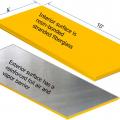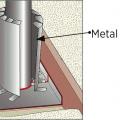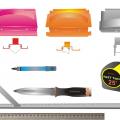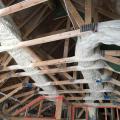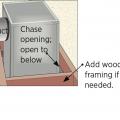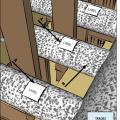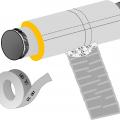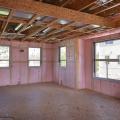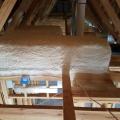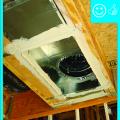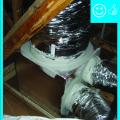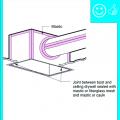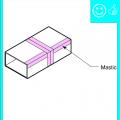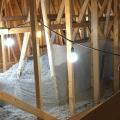Showing results 1 - 50 of 84
A nylon draw band and tensioning tool are used to secure the inner coil of the pre-insulated flexible duct
A nylon draw band and tensioning tool are used to secure the inner liner of the pre-insulated flexible duct
A second layer of rigid insulation is installed over the 2 in. by 4 in. retaining strip
After securing the inner coil, cover the draw band and the seam with a generous amount of mastic
Air seal and insulate flex ducts
All other supply ducts and all return ducts in unconditioned space have insulation ≥ R-6
Because this ICF and spray foamed house is so well insulated, the HVAC system is smaller, the round metal ducts are smaller diameter, and the duct layout is more compact.
Buried ducts are laid on the floor of a vented attic then covered with spray foam and blown attic floor insulation
Collars that are specifically made for flexible duct have a raised bead to prevent the duct from slipping off
Cut fiber board with a red V-groove tool and a gray shiplap tool to create mitered corners and a shiplapped edge for duct sections
Cut-away view showing unsealed gaps around a heating duct that goes through a wall
Ducts are insulated but strapping is compressing the insulation therefore reducing the R-value
Example of an HVAC installer’s balancing report form
Hand tools for cutting fiber board sheets include a knife, straight edge, and color-coded edge-cutting tools
HVAC ducts can be encapsulated in 3 inches of closed-cell spray foam, then buried in R-49 of blown fiberglass insulation after the ceiling drywall is installed in the vented attic.
Install bottom layer of rigid insulation
Install wood framing cross pieces in the attic rafter bays on each side of the duct chase
Prescriptive Path: Supply ducts in unconditioned attic have insulation ≥ R-8. Performance Path: Supply ducts in unconditioned attic have insulation ≥ R-6
Pull the insulation and outer liner of the flex duct over the collar to come in full contact with the liner and insulation of the trunk line or fitting and tape in place
Right - Open-cell polyurethane spray foam to R-28 on underside of roof turns new attic into conditioned space for HVAC.
Right - The rigid metal HVAC ducting is installed between the floor joists rather than in an unconditioned attic or crawl space to minimize heat loss.
Right – All supply ducts in this home were located in conditioned space; any return ducts that were located in the attic were insulated with closed-cell spray foam and buried in the blown-in attic insulation to prevent air leakage and heat loss.
Right – Batt insulation provides additional insulation for the home’s main duct chase.
Right – Metal or fiberboard duct is mastic sealed at junction with duct register box
Right – Plastic tenting increases the height of the insulation above ducts that are located in the attic.
Right – R-25 of open-cell spray foam lines this new home’s attic ceiling, to protect HVAC ducts from heat and cold.

